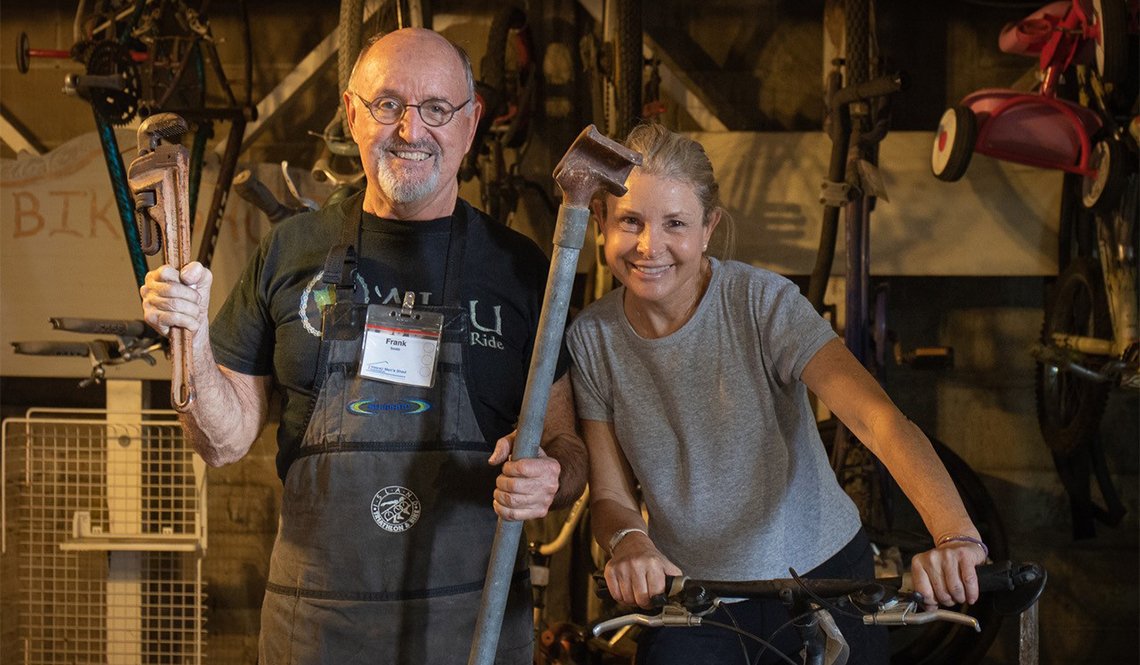 |
| LIVABLE HOME FOR SENIOR CITIZEN |
MULTIPLE TRUE & FALSE QUESTIONS-COMPARISION-
As low and middle-income countries tackle these major problems, it is important to ensure that cities are livable. A livable city is well designed and compact. It allows people to walk to school and work, to stores, parks and restaurants. It permits them to take transit to places outside of their neighbourhoods and provides them with access to sanitation, water, clean air, safe affordable housing and healthy foods.
 |
| CITIZEN RESPONSIBILITY{1} |
Explain: In a livable community, streets have sidewalks and crosswalks so people can safely go for a walk. Livable communities also have streets and outdoor spaces that are safe for cyclists.
2 . In a livable community, people can get around without a car.
Explain: Not everyone can drive a car, or afford to own a car. Livable communities have other ways for people to get around, be it by walking, public transit, or ride-hailing services.
3 . In a livable community, residents can get to an airport or train station in less than 30 minutes.
Explain: While having an airport or train station nearby can be convenient, neither is an essential feature of a livable community.
4 . In a livable community, all housing is of the same or similar type, size and style.
Explain: Livable communities feature a variety of housing options, so people of differing ages, life stages and incomes can call the community home.
5 . In a livable community, there are age-restricted housing options for older adults.
Explain: While 55+ communities and other housing options for older adults can be very livable, such buildings or developments are not required for a community to be livable.
6 In a livable community, residential areas are separated from commercial areas.
Explain: While communities that keep housing and commercial areas distinct from one another can be very livable, communities that locate housing within the same area as certain businesses (such as restaurants, food markets and other essential services) can also be livable places, especially for non-drivers.
7- In a livable community, residential areas are separated from commercial areas.
Explain: Livable communities have safe, local destinations and public spaces where individuals can spend time among other people.
8 In a livable community, people can socialize, get involved and be entertained.
Explain: Living in isolation can be both lonely and debilitating. People of all ages benefit from having opportunities to engage with others, get involved in community activities and have fun!.
9 In a livable community, there's a hospital, a shopping mall and at least one large grocery store...
Explain: Access to health care, shopping and healthy food are all important features of a livable community, such services can come in many forms, including via doctor's offices and clinics, local shops and small markets.
10 In a livable community, people of all ages can make their city, town or neighbourhood a lifelong home.
Explain: Due to zoning, land use policies and long-held views by some people about the benefits of cities versus suburbs, many communities aren't suitable for people of all ages and life stages. But AARP surveys consistently find that the vast majority of older adults want to reside in their current home or community as they age. AARP believes that a livable community is a community that's livable for people of all ages. SOURCES-IMAGE{1}
Rapid urbanization in India- Livable Cities
Rapid urbanization is taking a heavy toll on the livability of Indian cities. Issues such as the quality and conservation of open public places, the efficiency of public transport networks and urban mobility, and access to food are all being impacted. The Livable Cities program improves the quality of cities by ensuring access for the most vulnerable to healthy transportation, healthy foods, parks and public spaces. There is a very different situation in Indian society for liable for an elder person because this condition is under development by govt. To some extent, some cities are good in this section.
Studies show that the way cities are built impacts people:
- Risk of non-communicable diseases (NCDs)
- Risk of injury
- Exposure to air pollution
- Vulnerability to the effects of climate change
- Ability to be gainfully employed
- Ability to interact and build relationships with neightbours.
